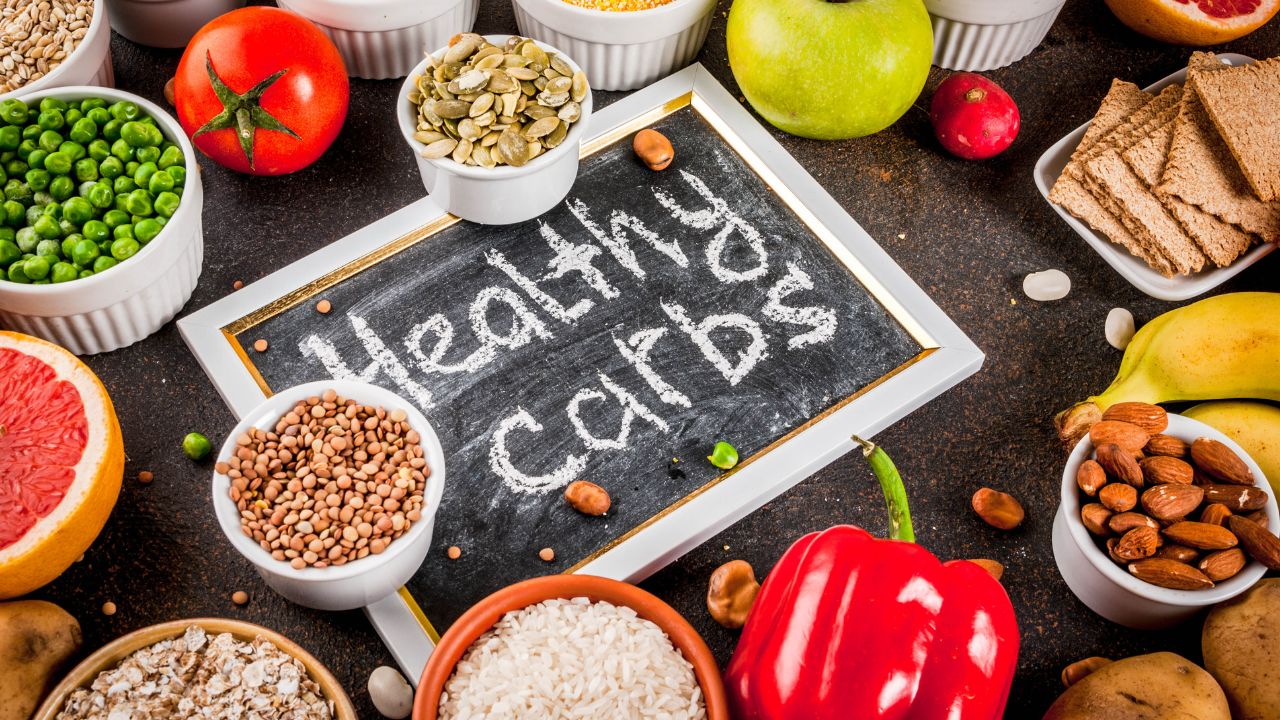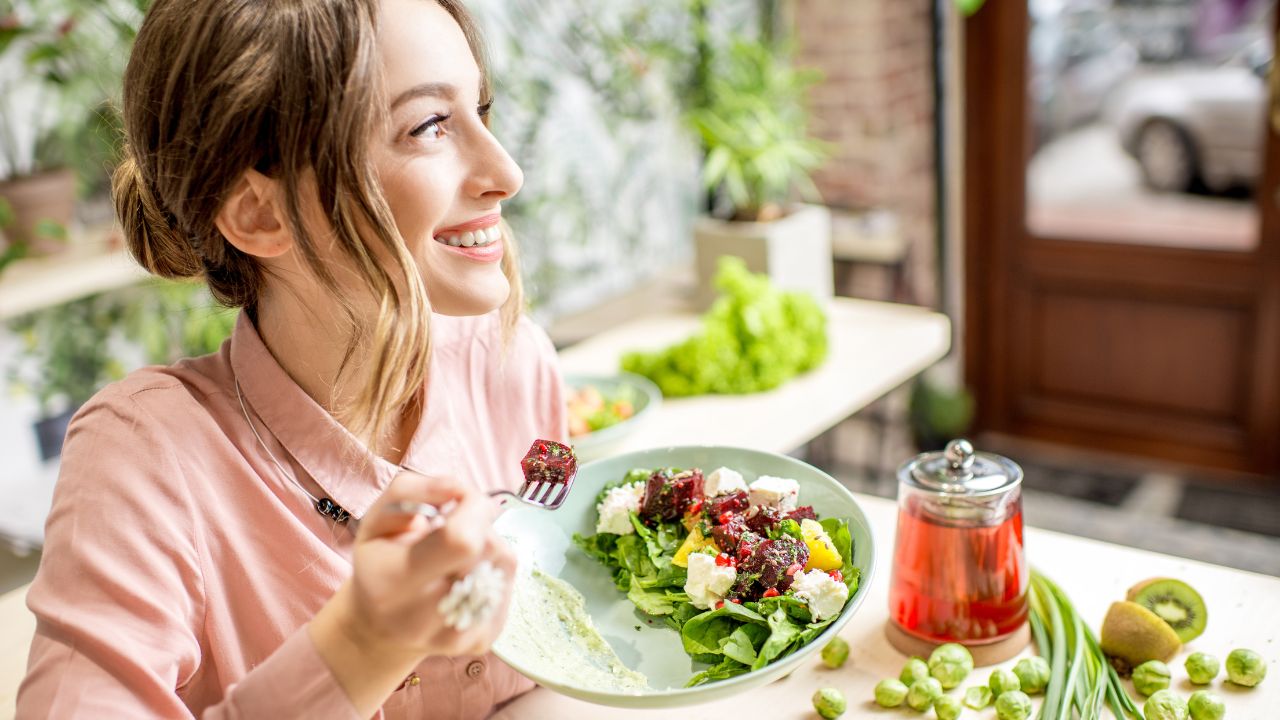Protein is the key to building muscle mass and growing and repairing cells. Although it is available in various foods, it can be challenging to get enough protein into your diet.
So consider some fun and easy ways you can introduce more protein into your life.
This combination of dietary changes and sneaky tricks may be all you need to get the protein you and your family need for good health.
1. Make Protein the Priority at Breakfast
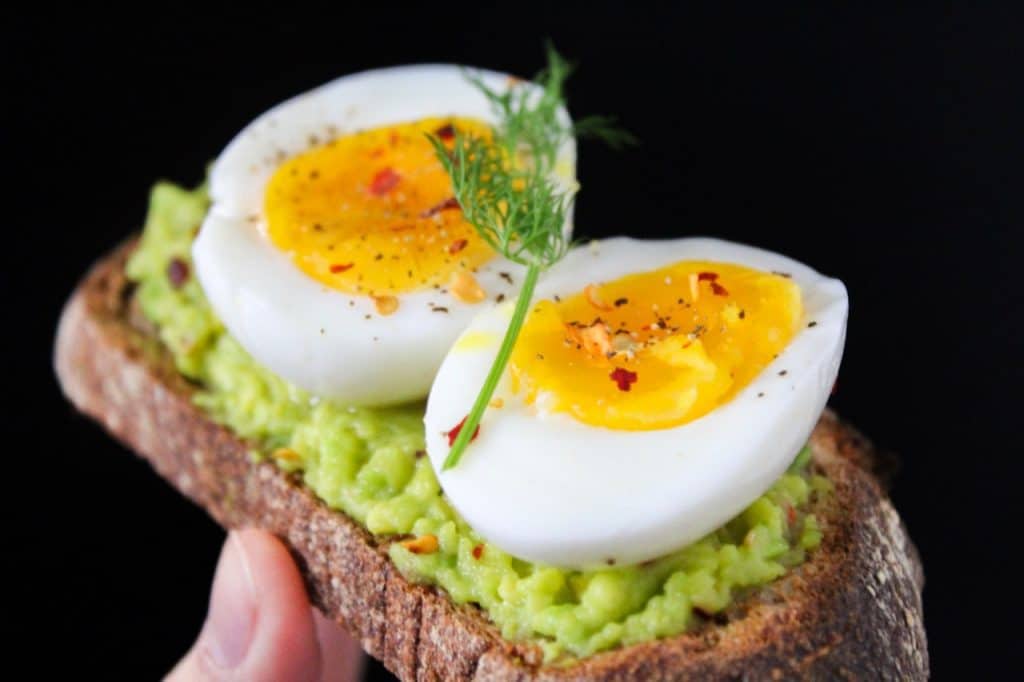
It is easy to grab a bowl of cereal on the way out the door or stop and buy a muffin at the local convenience store, but these options offer more carbs than protein.
Instead, make breakfast the most important meal of the day, even if it means you have to get up a little earlier.
Swap out the cereal and muffin for protein-power foods like eggs or oatmeal.
If time continues to be a concern, try boiling eggs ahead of time, storing them in the refrigerator, and then eating them on the go.
Three boiled eggs provide 19 grams of quality protein to start your day.
2. Top Your Favorite Recipes With Chopped Almonds
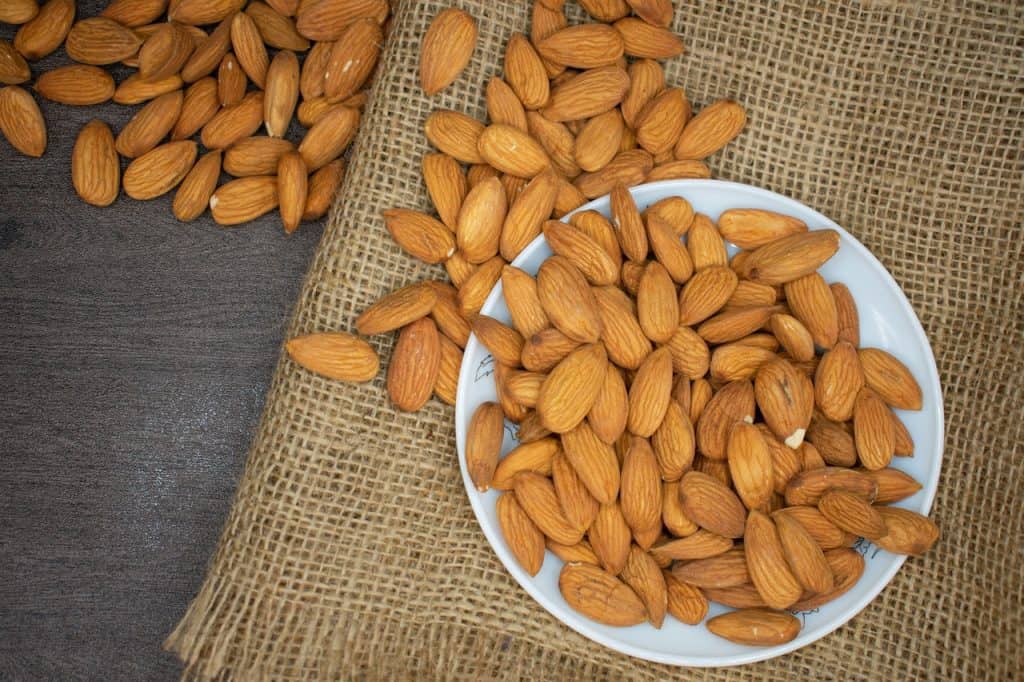
Almonds are another high-protein food that is easy to add to your diet. Although high in calories, they offer protein, healthy fat, fiber, and magnesium.
You can add a handful of chopped almonds to most foods, too, without changing the taste too much, especially cooked foods.
They go on everything from fish to mac and cheese to a salad. Almonds provide a crunchy texture along with a slightly nutty flavor.
You can even puree them and make almond butter that goes well on bread or in a smoothie. You can even eat it from a spoon.
If you don’t want to mess with adding almonds to something, try filling your palm with a few for a fast smack instead.
3. Substitute Greek Yogurt
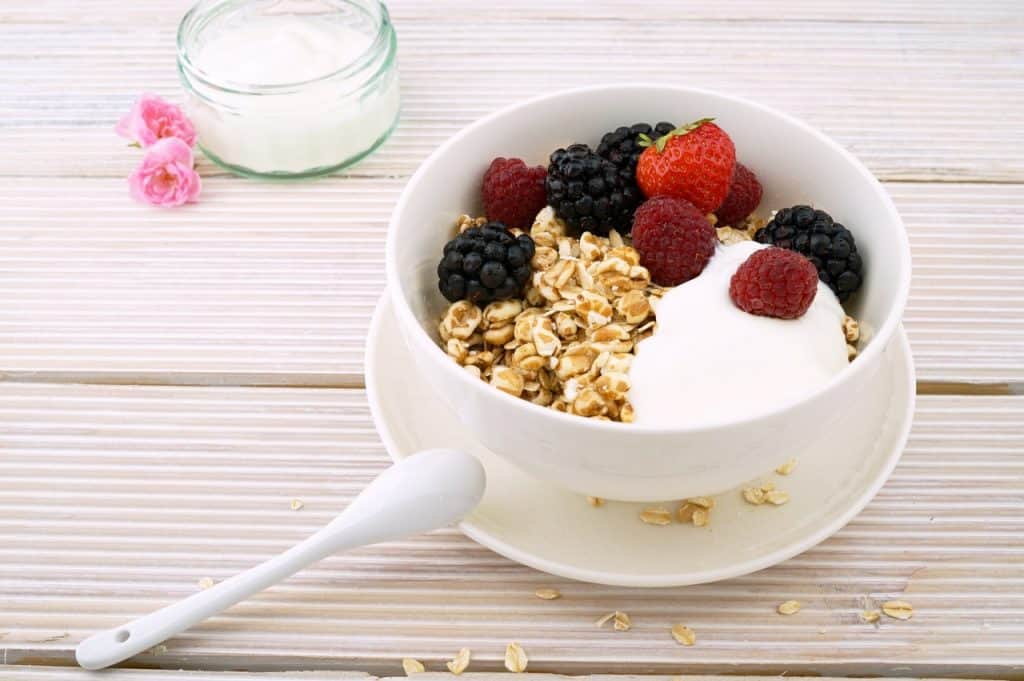
Greek yogurt is not only packed with protein — twice as much as traditional yogurt — but it is also a versatile food with other health benefits.
Buy plain, nonfat Greek yogurt and use it as sour cream.
You can also add Greek yogurt, flavored or not, to smoothies to give them a rich taste and extra protein. Or, eat it plain with some nuts and fruit for a sweet treat.
4. Make Peanut Butter Your Go-To Snack
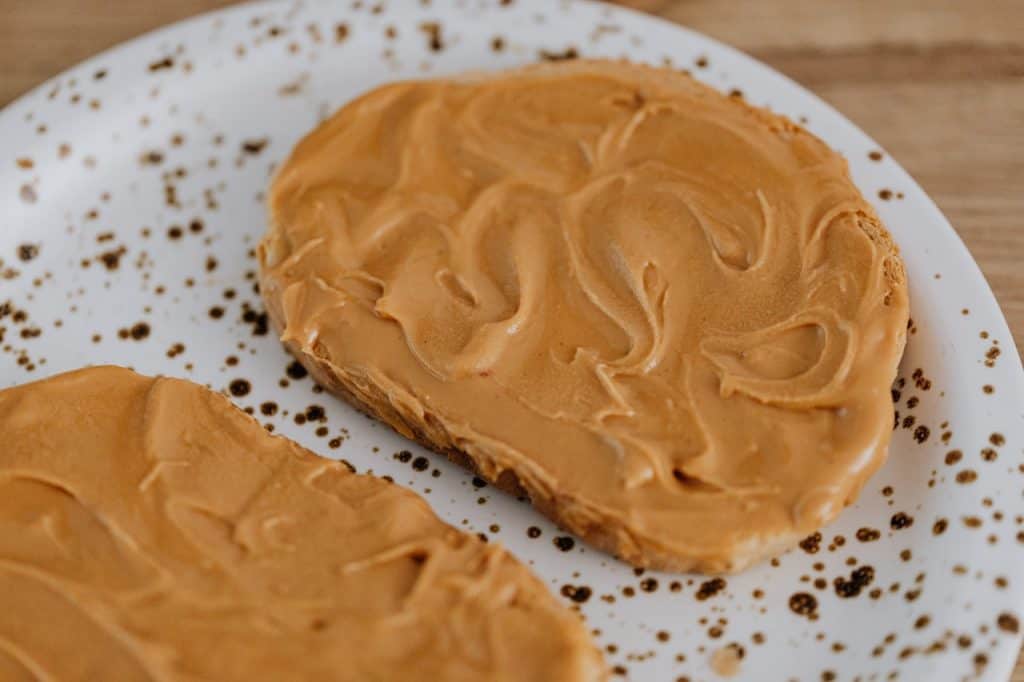
Peanut butter is a high-protein food that is a staple in many households. You can spread it on whole wheat bread, top off a piece of fruit or add it to your yogurt.
However, like most nut-based foods, it can be high in calories, so control your portions. Also, don’t add it to food without telling guests in case they have a peanut allergy.
5. Not a Fan of Peanut Butter? How About Cottage Cheese?
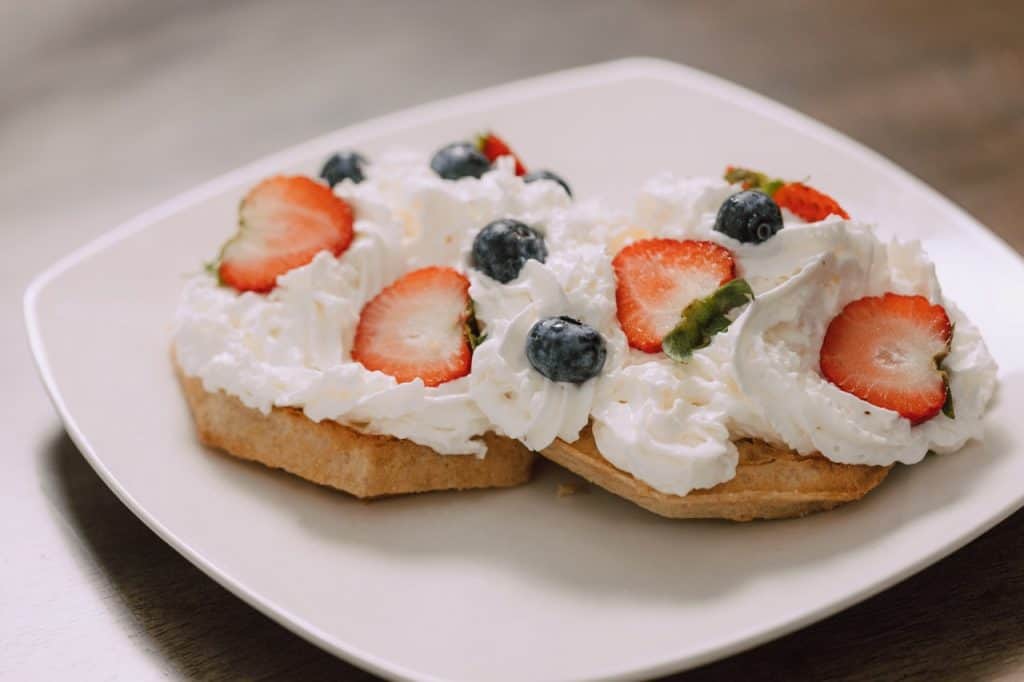
If you don’t care for the taste or texture of peanut butter, cottage cheese is an excellent alternative for snacks.
It is filling and full of healthy protein. It is also lower in calories than peanut butter.
Cottage cheese can be part of a meal, too. You can enjoy it as a savory dish seasoned with salt and pepper or a sweet treat mixed with fruit or added to smoothies.
6. Add Beans to…Everything
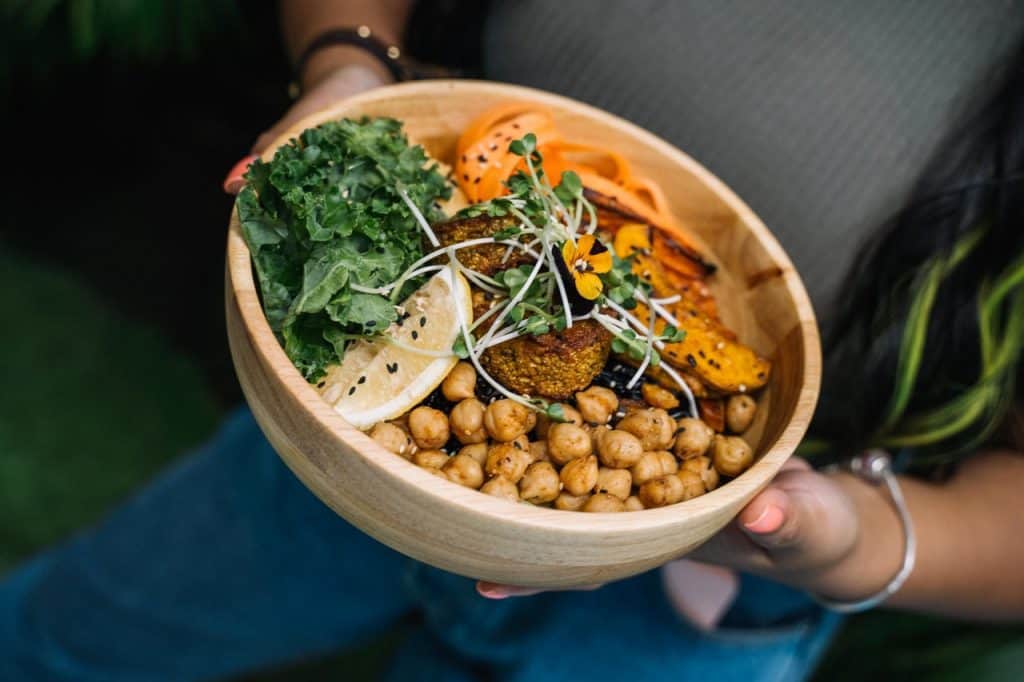
Beans are another food that you can sneak into lots of foods without the fussy eaters in your life knowing.
White beans, garbanzos, lentils, black beans — they all go well when added to salads, soups, and pasta.
They can be part of the main dish or costar as a side dish. Beans are one of the best plant-based sources of protein and under-appreciated by too many.
7. Swap Pasta or Rice Out For High-Protein Quinoa
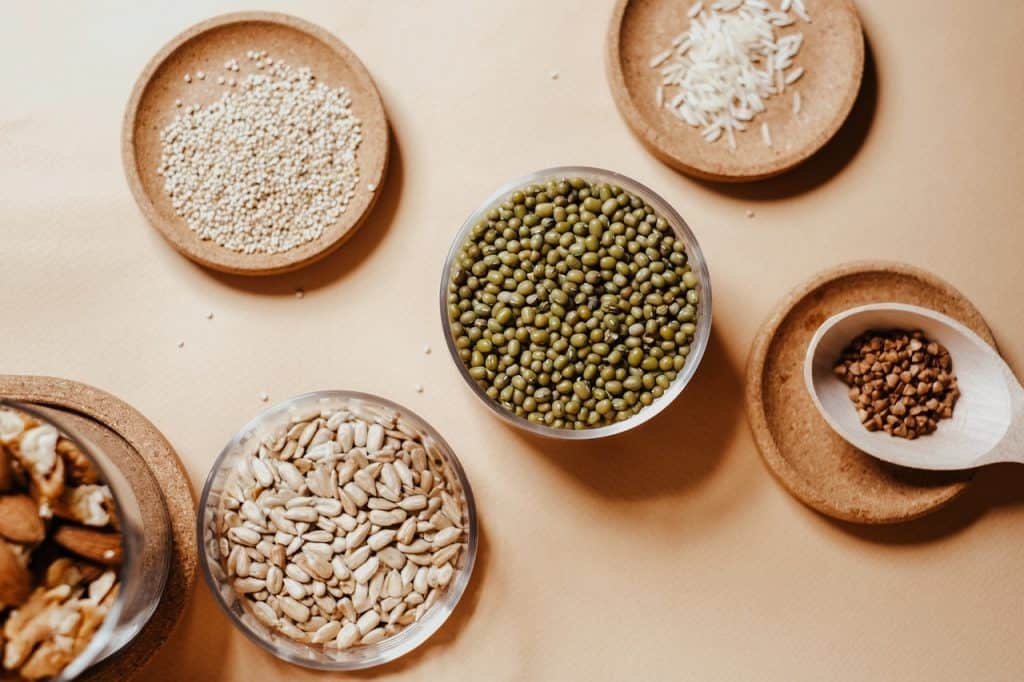
Quinoa is one of the simplest and most complete proteins available. Although technically a seed, they pass as grain, so use them instead of pasta or rice in a side dish.
Quinoa also works well as an add-on to many recipes, including pancakes, soups, and salads.
Try tossing a cup of quinoa in with your next pasta dish, too, if you are not ready to give it up. It will add a sizeable chunk of protein to your diet.
8. Make Wild Salmon Your New Signature Dish
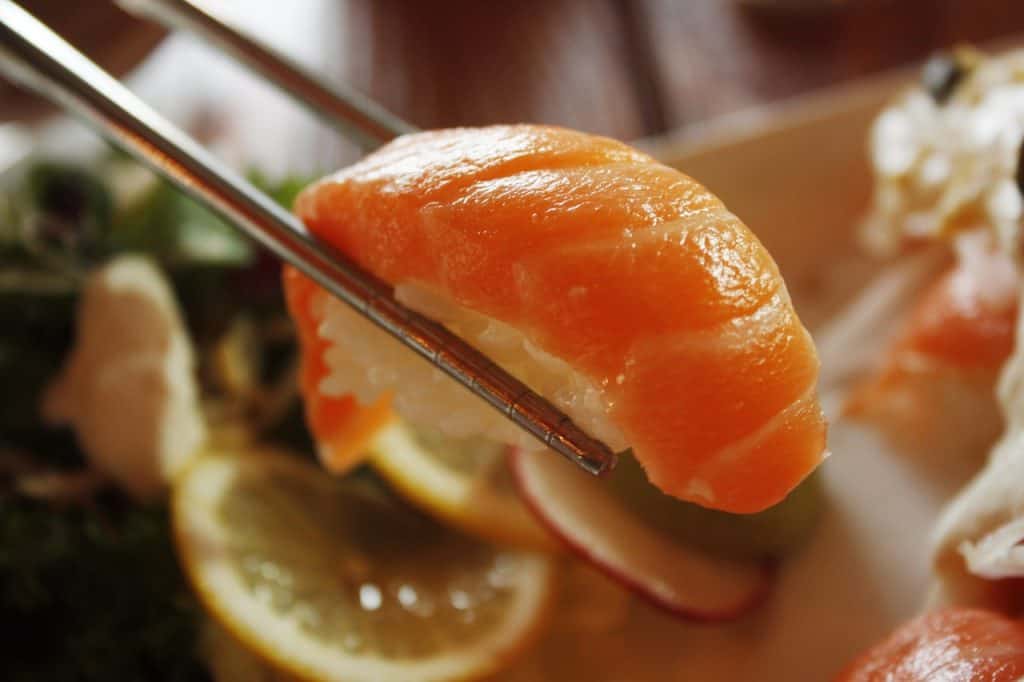
Fresh seafood like wild salmon is a lean protein powerhouse. The health benefits don’t end with the great protein in salmon, though.
Salmon also provides antioxidants, something you don’t get from most proteins. Antioxidants help to combat the damage done to cells from oxidation.
For example, wild salmon is rich in the antioxidant astaxanthin, which gives it that lovely pink color.
Getting salmon as part of your seafood delivery adds anti-inflammatory properties to your diet, as well.
Inflammation is at the heart of most disease processes, including arthritis and other chronic conditions. Adding anti-inflammatory foods to your diet can help you look and feel better.
On top of all those health benefits, wild salmon protein fits well into your diet any time of day. Mix it into an omelet at breakfast or grill it as a main dish for lunch or supper.
It is easier than many animal proteins to cook.The internal temp of salmon is only 145 degrees as compared to 165 degrees for most types of meat.
Protein is important. It’s something everyone needs in their diet.
Eating more protein can help you lose weight, add muscle mass and improve how your body burns fat.
Once you find ways to include more protein in your diet, build your meal around it for better overall nutrition.


